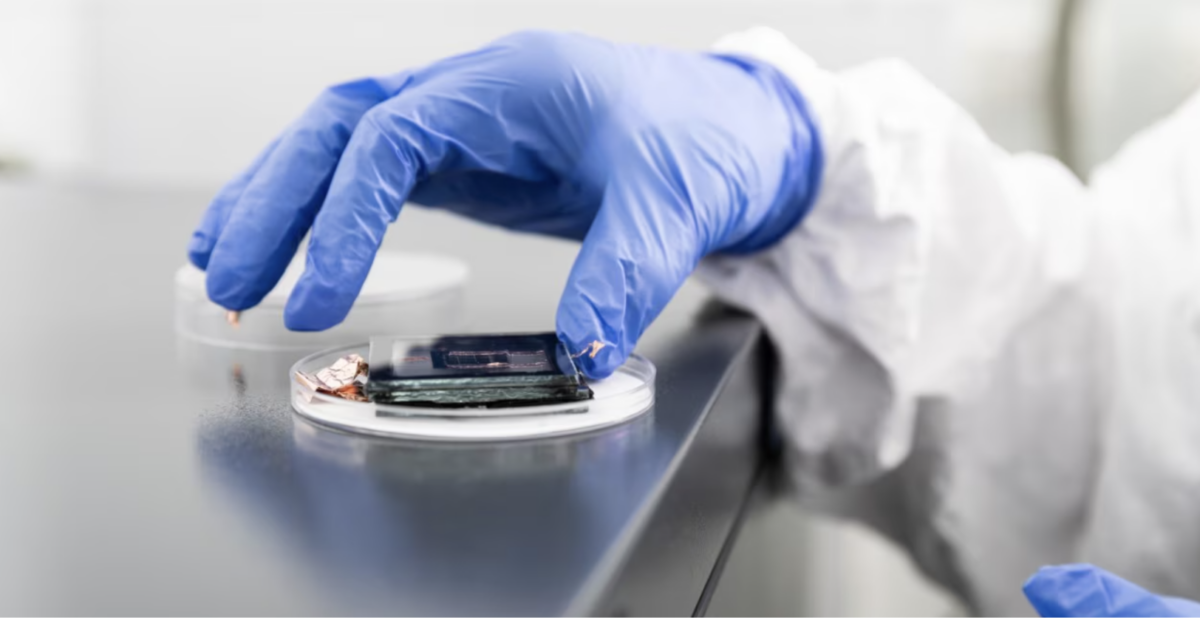A team of University of Sydney researchers, led by the John Hooke Chair of Nanoscience Professor Anita Ho-Baillie, is now trying to push the energy conversion efficiency for a perovskite-silicon tandem solar cell to 40% after reaching the 30% mark.
The Australian researchers achieved the milestone in July, becoming the first Australian team to join an elite group of just eight around the world to have reached the target.
Ho-Baillie said the success, which has been independently validated by the US National Renewable Energy Laboratory (NREL), has motivated them to target the 40% threshold.
“It’s given us credibility and confidence that we are leading in Australia and there are thousands of teams doing work on this, so yes, it’s good to say Australia is still leading the world in solar,” Ho Baillie told pv magazine.
The path to 40% begins with optimization of the perovskite cell for a higher voltage.
“It’s hard to say how long this will take, but we’re going at it as hard as we can. We are also working on triple-junction but that’s for a separate project,” Ho-Baillie said.

The quest for 40% efficiency is funded under the AUD 8.65 million ($5.7 million) Commercialising Si Perovskite Tandem in Australia project, of which AUD 2.78 million is an Australian Renewable Energy Agency (ARENA) grant.
ARENA’s overarching aim is to achieve ultra-low cost solar by funding developments to improve solar cell efficiency to 30% and reduce the total cost of construction of utility-scale solar farms. It also supports improvements in Si-perovskite tandem multi-cell module durability in order to support progression toward 30-year solar module asset life.
Sydney-based SunDrive is working with the University of Sydney project to evaluate the commercialization potential of Si-perovskite tandem cells.
Ho-Baillie said the theoretical limit of perovskite-silicon tandem is 40% and 50% for triple junction, and believes cell design is the future of solar technology dependent on durability.
“We need to develop technologies of encapsulating and packaging the tandem cells to larger solar panels,” she said. “These panels, not just the cells themselves, also have to be durable and highly efficient.”
This content is protected by copyright and may not be reused. If you want to cooperate with us and would like to reuse some of our content, please contact: editors@pv-magazine.com.



By submitting this form you agree to pv magazine using your data for the purposes of publishing your comment.
Your personal data will only be disclosed or otherwise transmitted to third parties for the purposes of spam filtering or if this is necessary for technical maintenance of the website. Any other transfer to third parties will not take place unless this is justified on the basis of applicable data protection regulations or if pv magazine is legally obliged to do so.
You may revoke this consent at any time with effect for the future, in which case your personal data will be deleted immediately. Otherwise, your data will be deleted if pv magazine has processed your request or the purpose of data storage is fulfilled.
Further information on data privacy can be found in our Data Protection Policy.